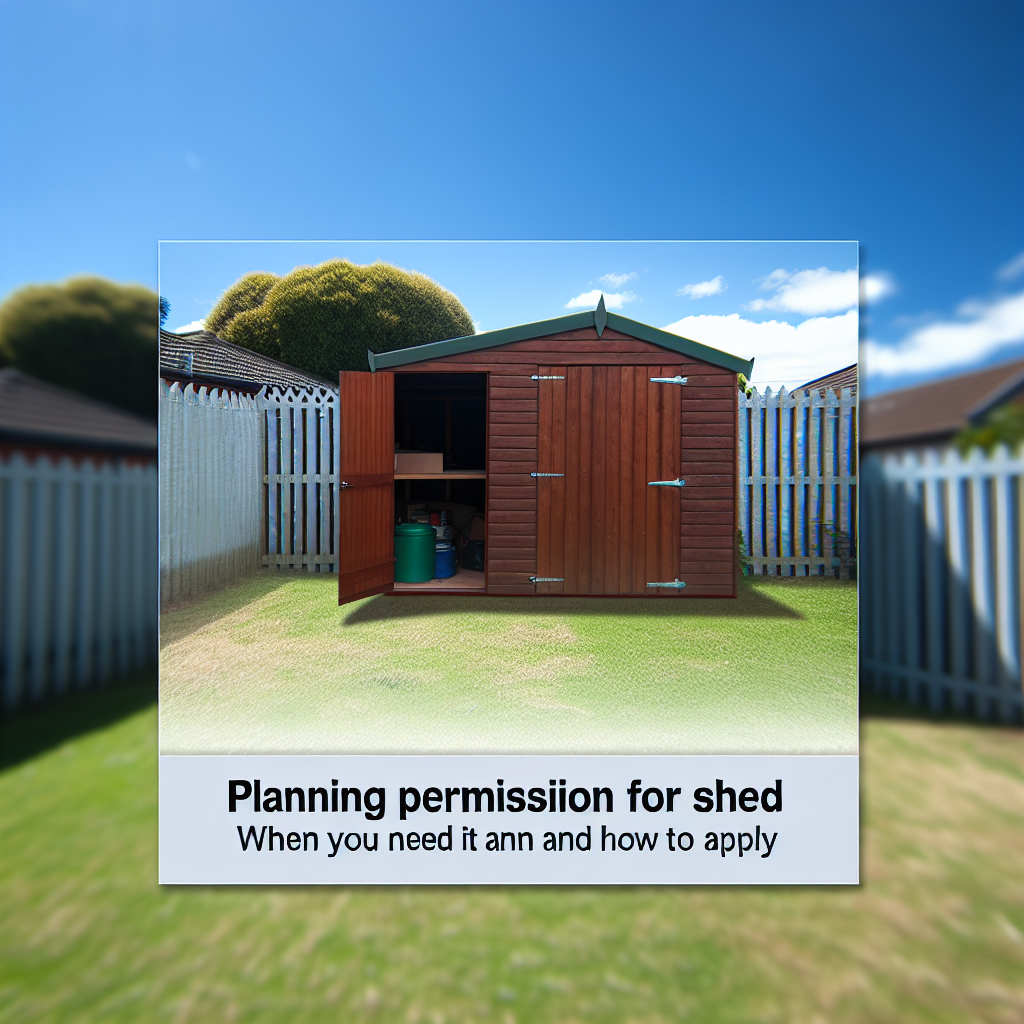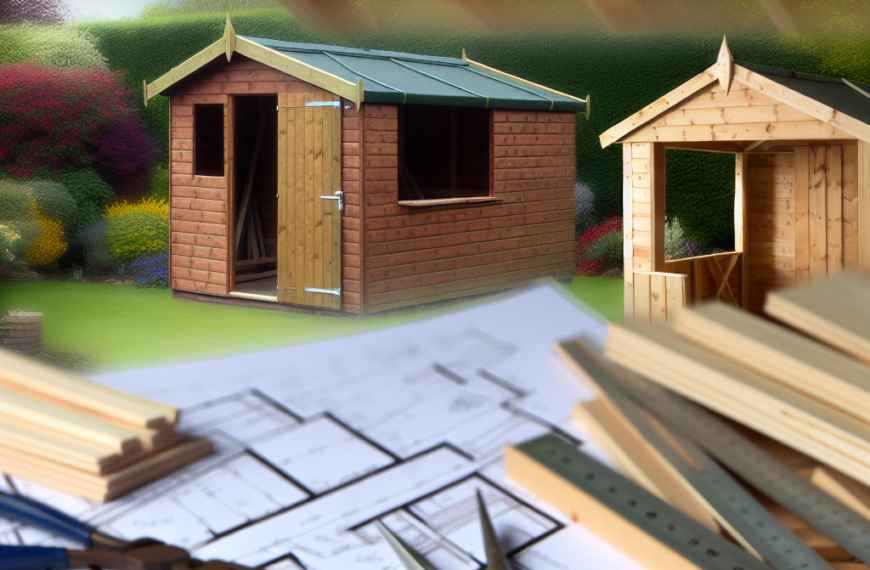Planning Permission for Your Shed: What You Need to Know
Adding a shed to your property can provide valuable storage or workspace, but it’s important to understand when you need planning permission before construction. This article explores the rules and regulations surrounding planning permission for sheds, helping you avoid legal issues and ensure your project complies with local laws.
When Do You Need Planning Permission for a Shed?
Not all shed installations require planning permission. Many sheds fall under “permitted development,” meaning you can build them without formal approval, as long as they meet certain conditions. Generally, smaller sheds used for storage and located in your garden do not need permission if they meet the following criteria:
- Size Restrictions: The shed must not be taller than 2.5 meters if within 2 meters of a boundary, or exceed 4 meters in height for a dual-pitched roof if further from boundaries.
- Location: The shed must be built within the curtilage of your home, usually in the rear garden, and not on land forward of the principal elevation.
- Usage: The shed cannot be used as a separate dwelling or business premises; it should be for incidental residential use like storage or hobby space.
- Volume Limits: The total volume of all outbuildings should not exceed 50% of the total garden area.
If your shed goes beyond these limits—due to size, location, or intended use—you will most likely need to apply for planning permission from your local council. It’s also important to consider if your property is listed or in a conservation area, as stricter rules may apply.
How to Apply for Planning Permission and What to Expect
If you determine your shed requires planning permission, the next step is to submit an application to your local planning authority. The process typically involves:
- Submitting Plans: Detailed drawings and site plans showing the proposed shed’s size, design, and location.
- Consultation Period: Neighbors and local stakeholders might be notified and given chance to express comments or concerns.
- Decision Timeframe: Authorities usually respond within 8 weeks, granting or refusing permission based on local policies and impact assessments.
To improve your chances of approval, ensure that your shed design complies with local building codes and does not negatively affect neighbors’ privacy or sunlight. Hiring a planning consultant or architect can also streamline the application process and address potential pitfalls before submission.
Conclusion
Understanding when planning permission is required for building a shed is essential to avoid fines and legal complications. Most small, garden sheds fall within permitted development rights, but larger or non-compliant structures need official approval. By carefully reviewing local regulations and applying correctly if needed, you can enjoy the benefits of your new shed without worry.





